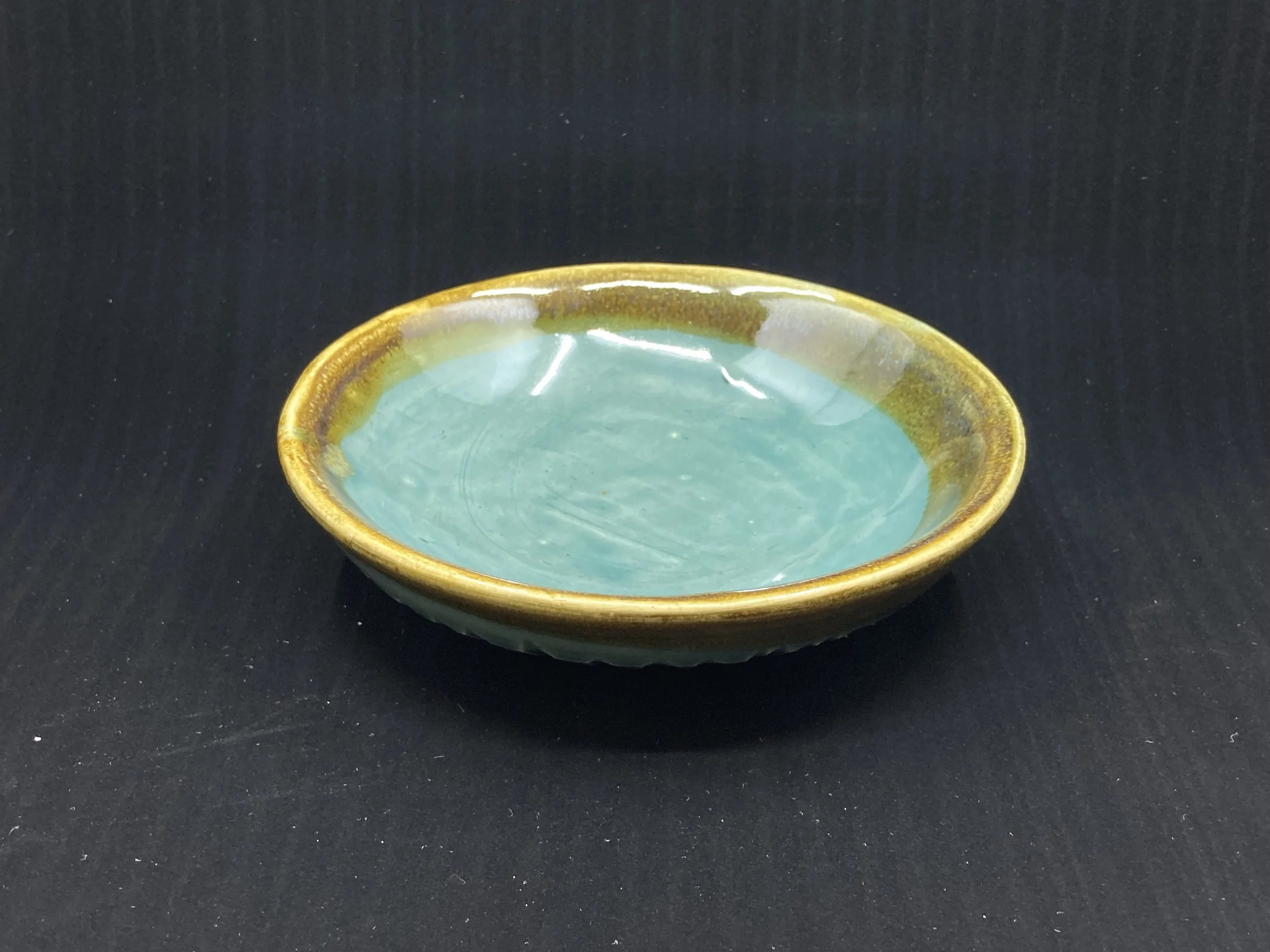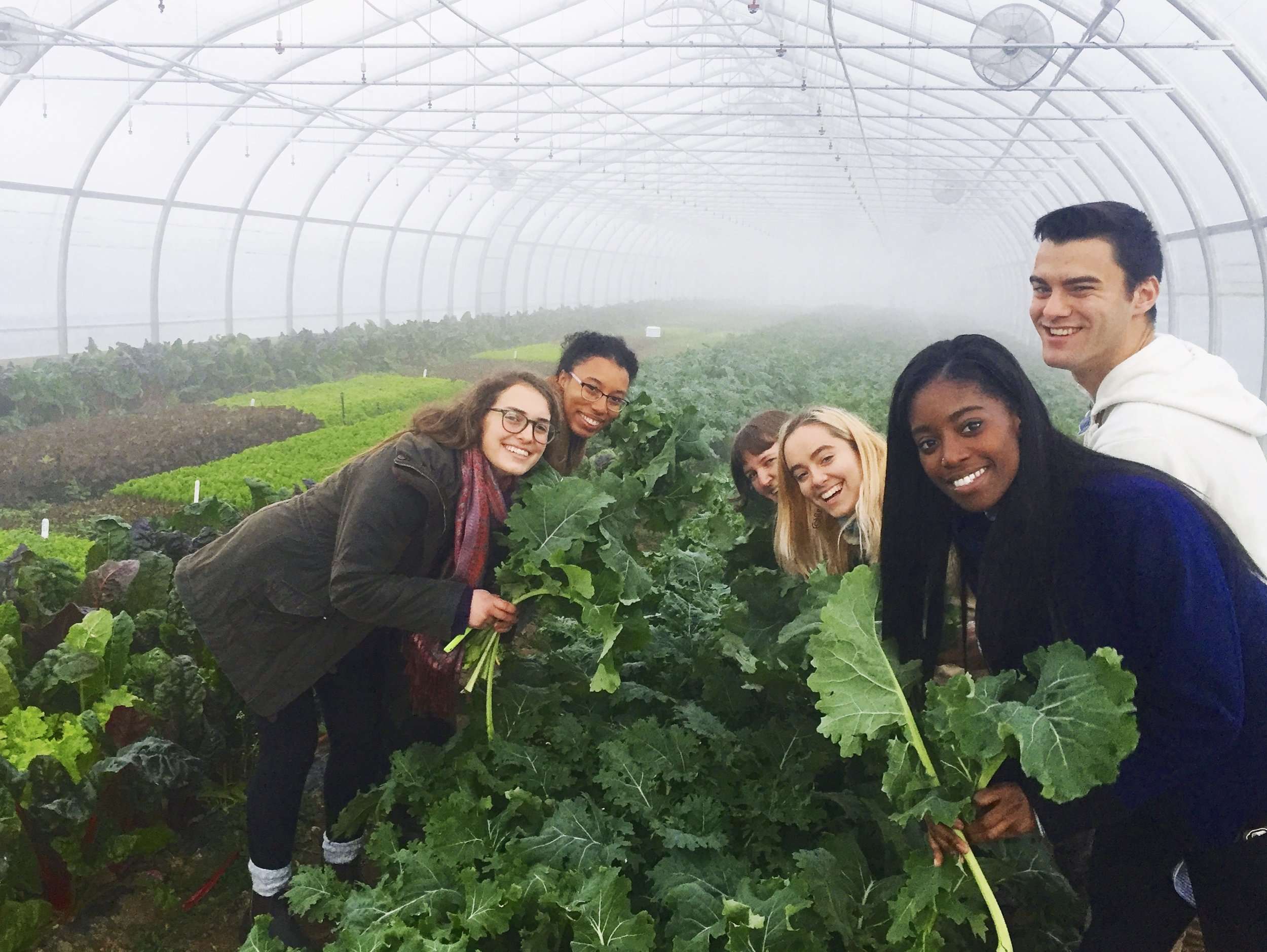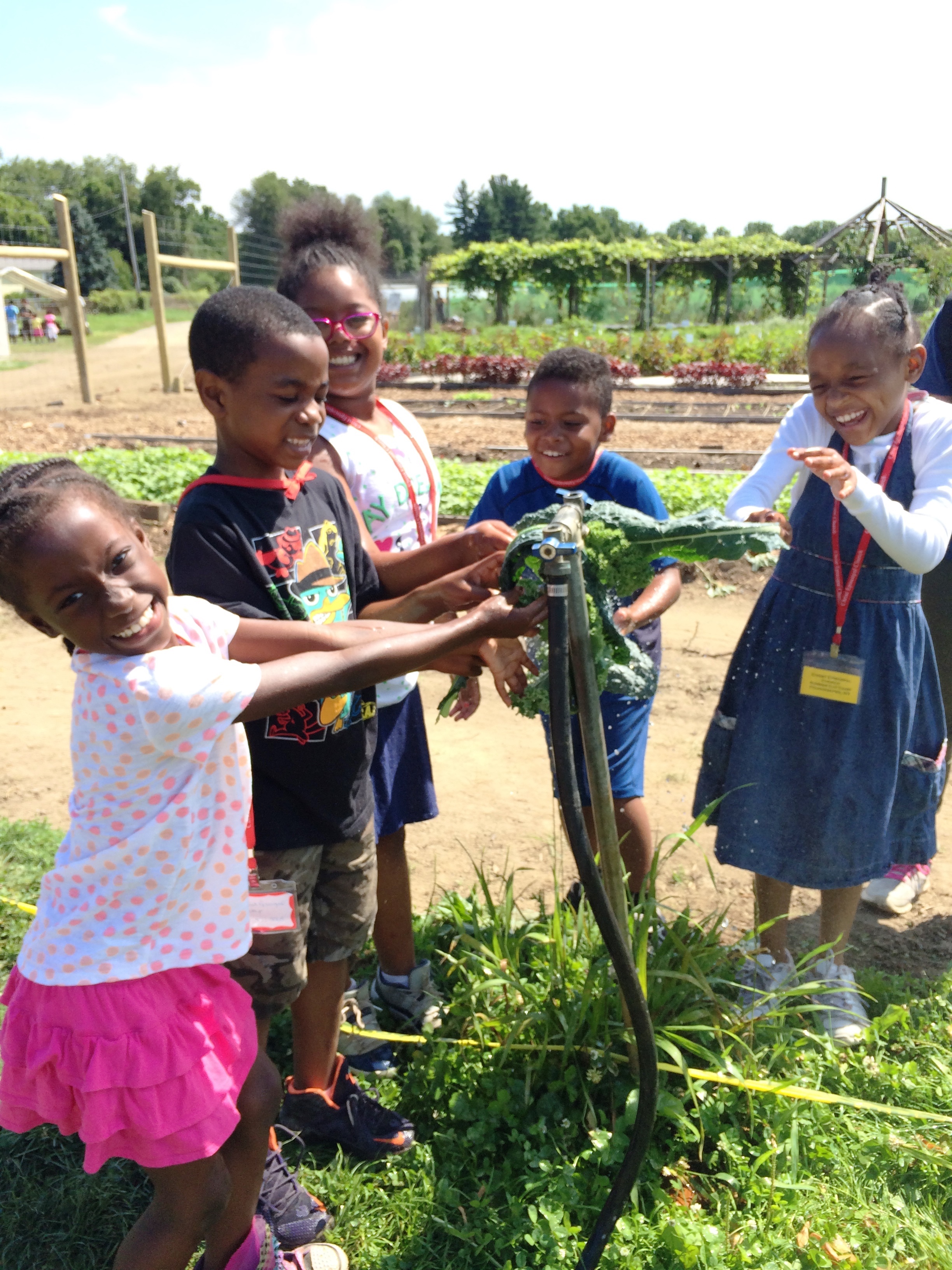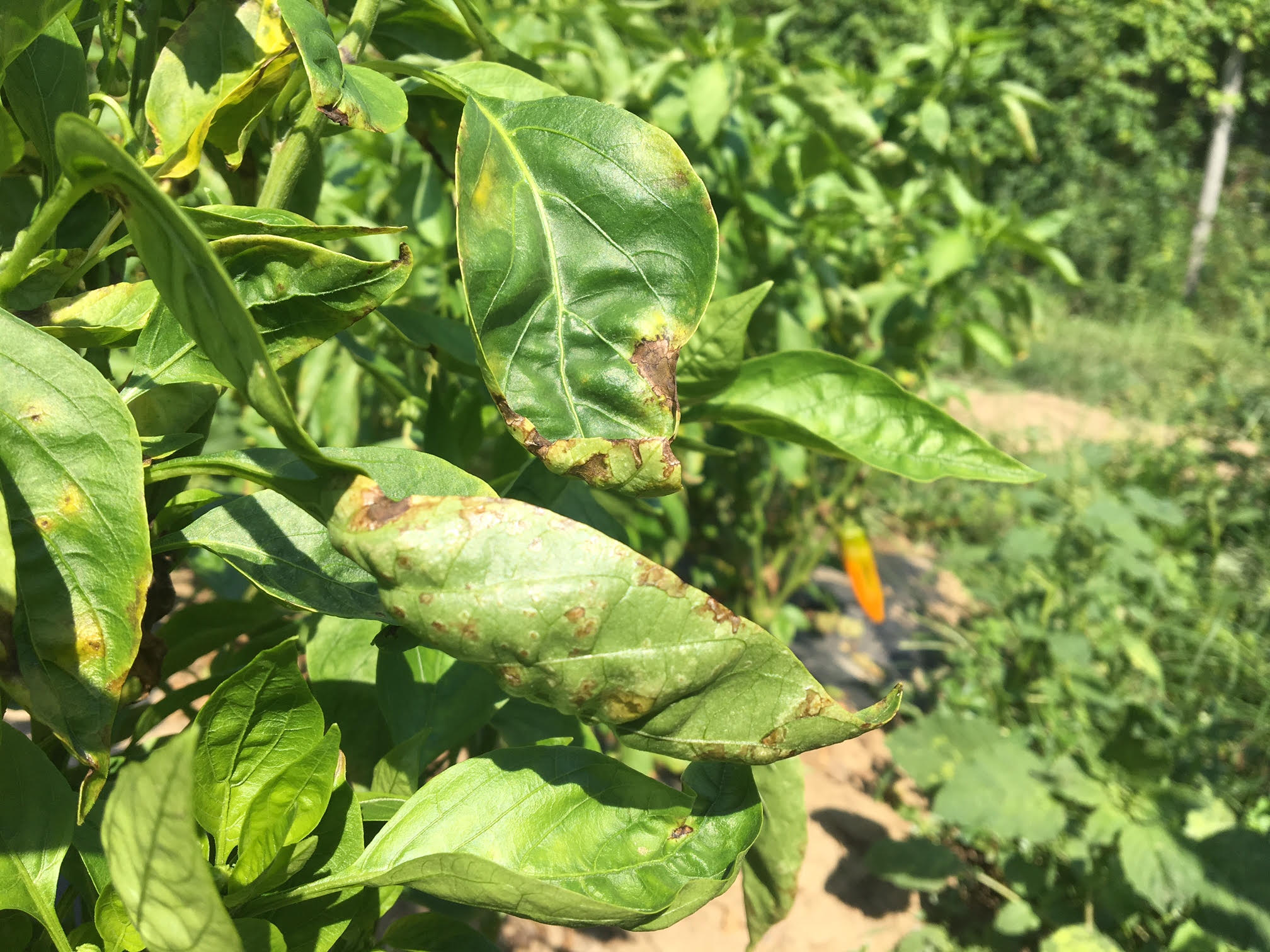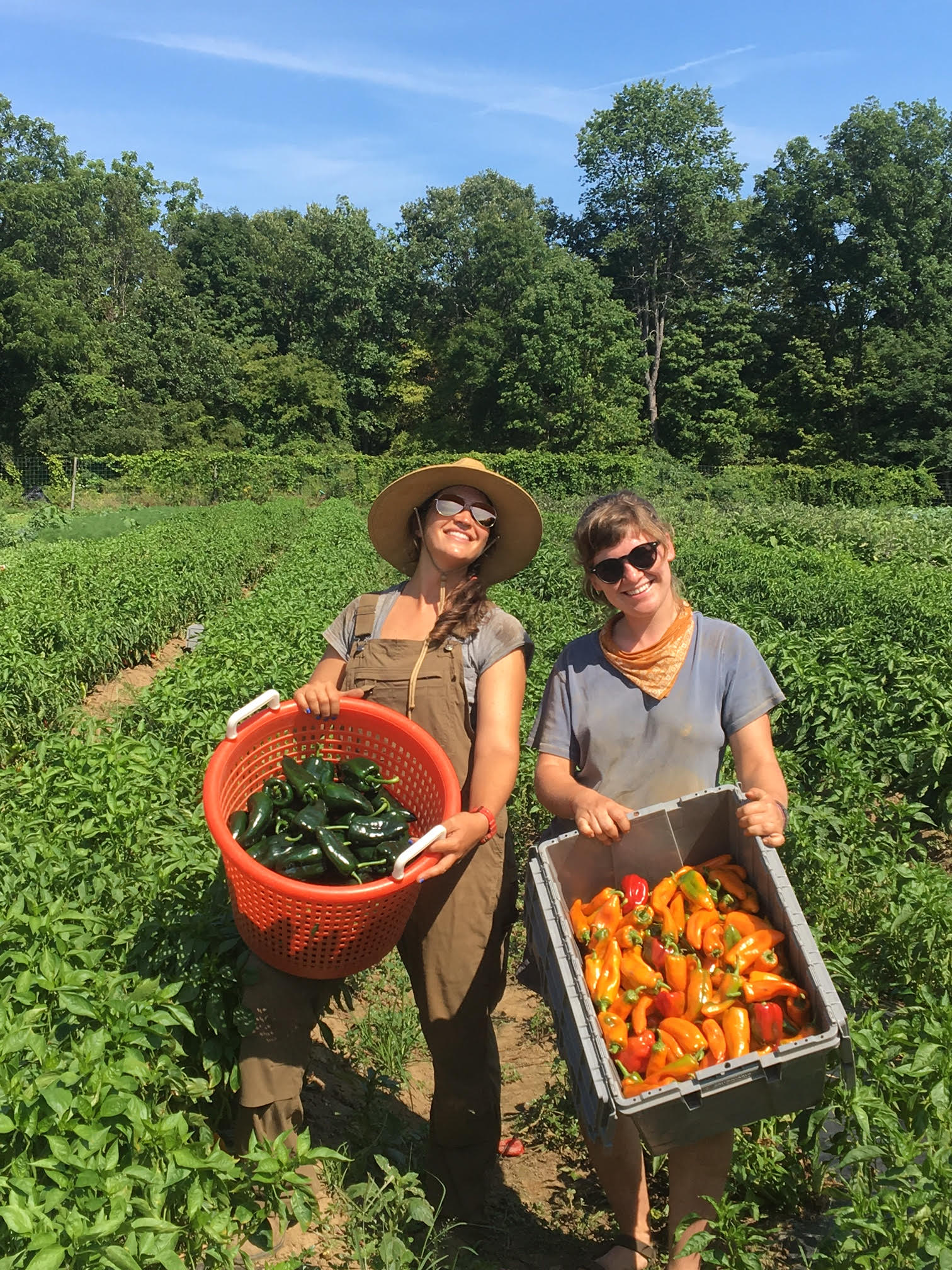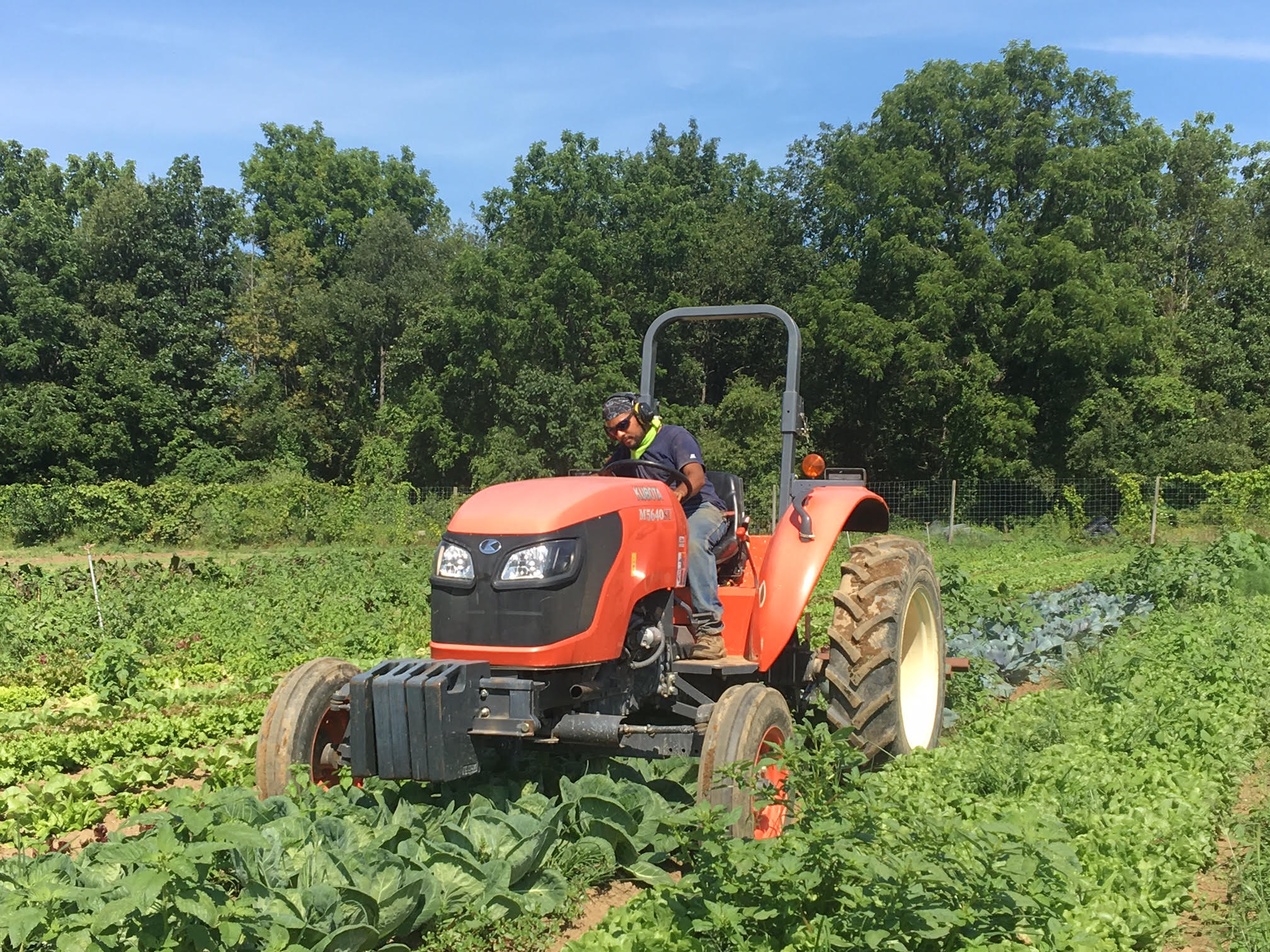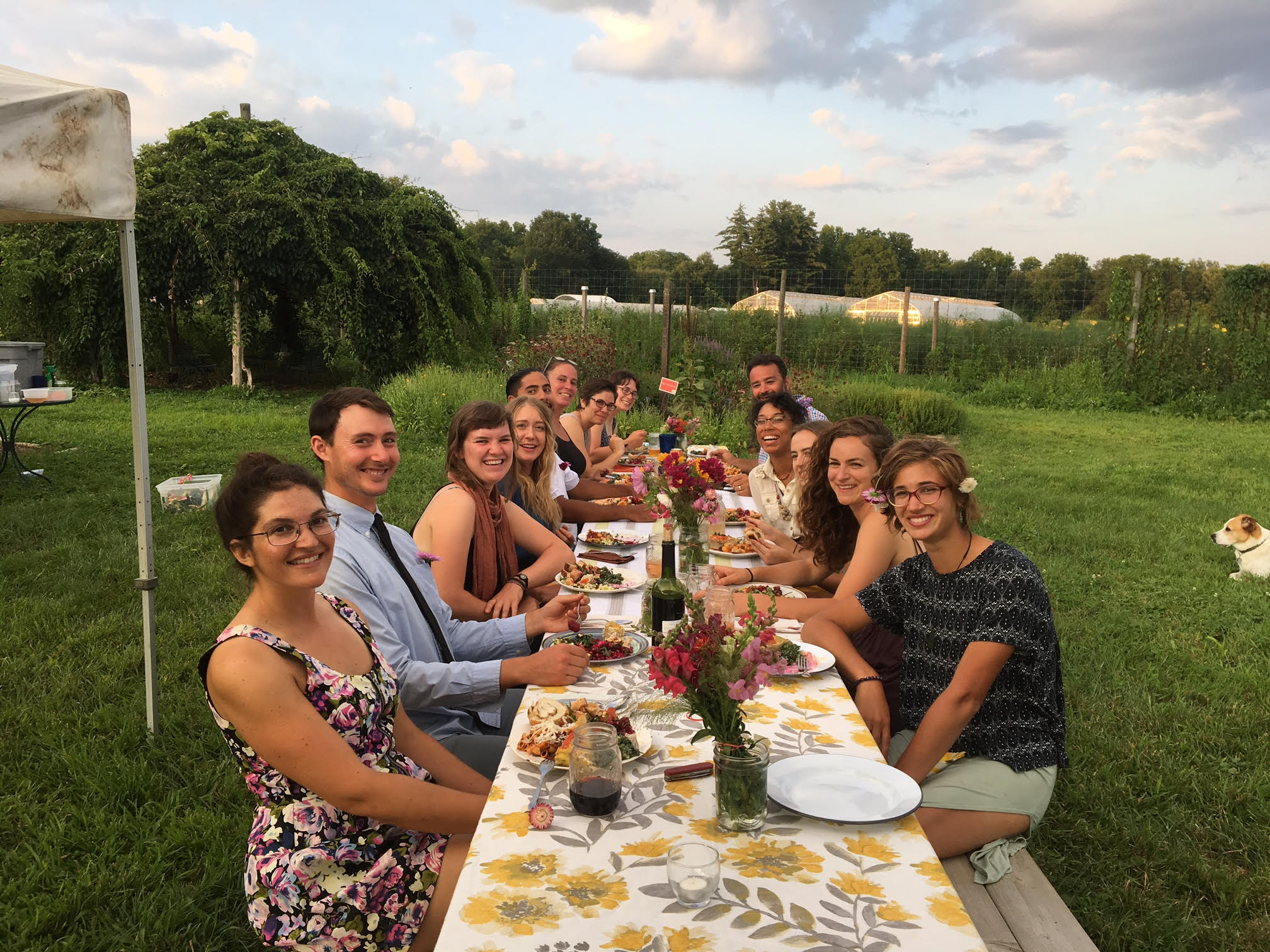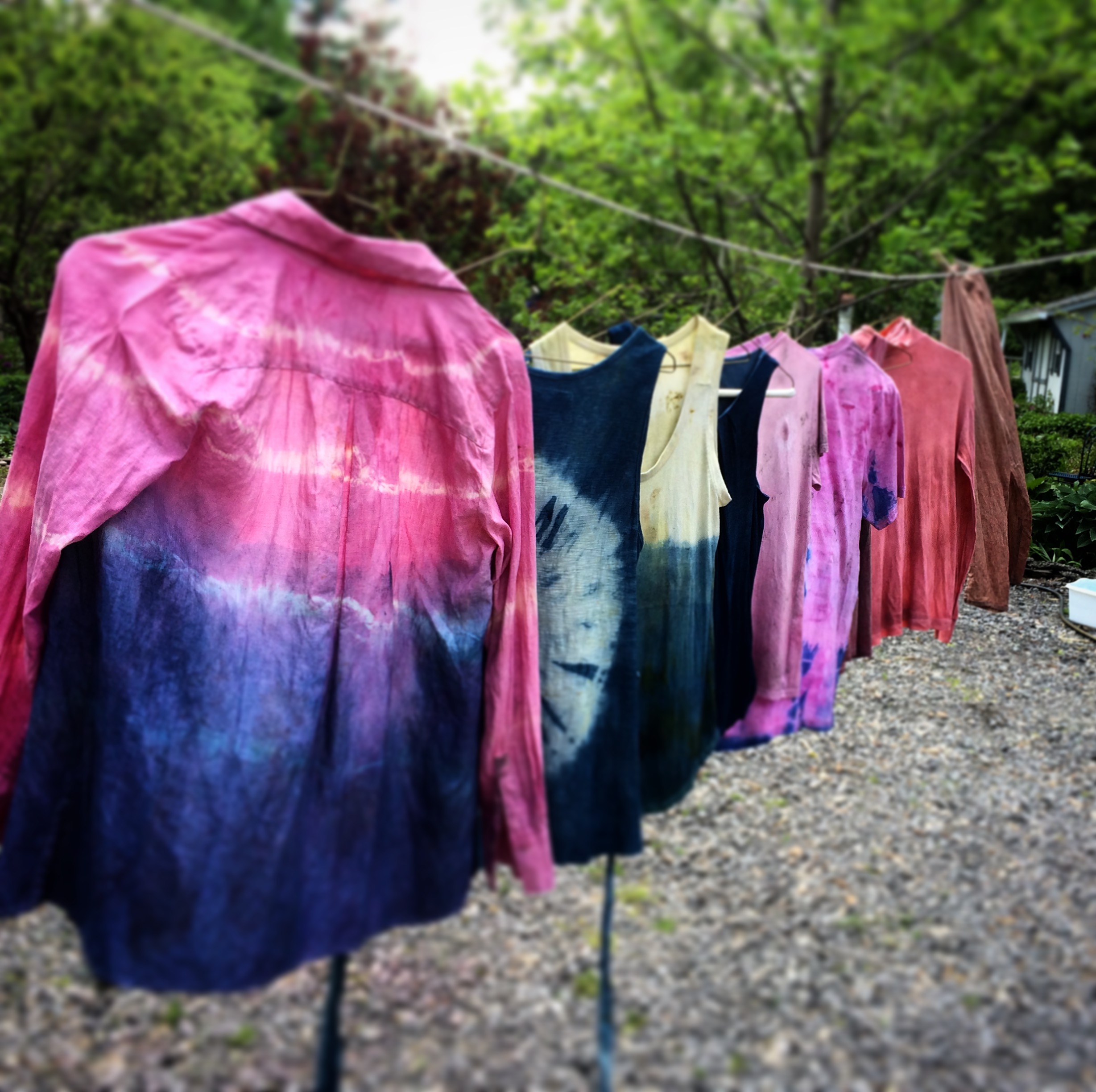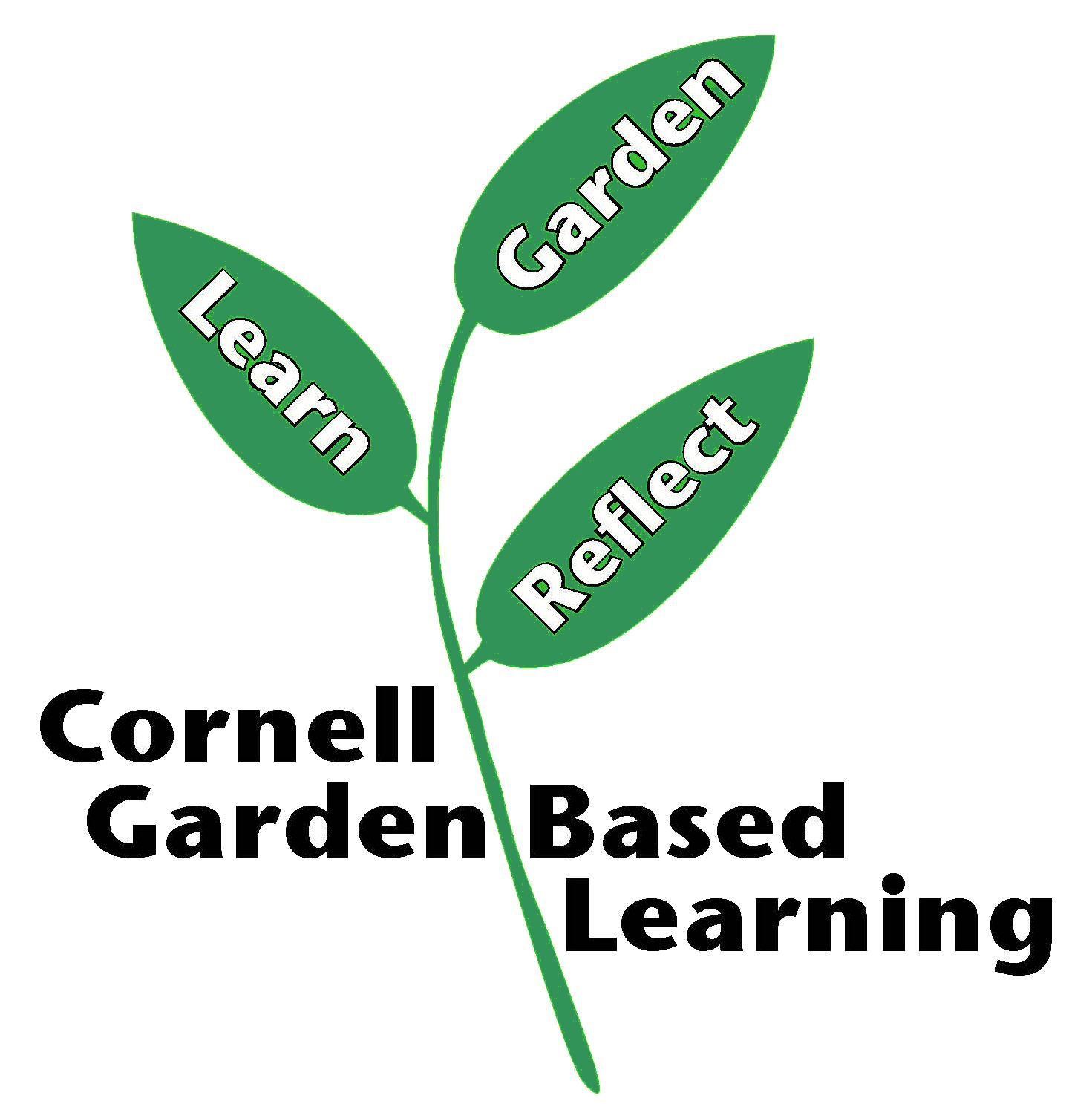By Elyse Canty, Education Intern
Alyssa and Rodnisha glean kale for Feeding the Hudson Valley.
Kale is a leafy green from the Brassica family that has been cultivated since ancient Greek and Roman times. Kale is known for being a hardy crop that is easy to grow and can withstand low temperatures. It’s the perfect vegetable for a beginner gardener to grow especially in cold New York winters. In fact, kale is sometimes nicknamed the “hungry gap” because some varieties can grow in the winter when most crops can’t be harvested.
You may be wondering what makes kale different from lettuce or collard greens. Well, kale is actually the sweeter cousin of collards and can take on many different flavors ranging from slightly sweet to somewhat bitter depending on when it is harvested. During the cooler months of spring and early summer, kale is milder. When the weather starts to get warmer kale develops a bitter taste. Pro tip: if you like sweet kale, wait to harvest your kale until after the first fall frost; that’s when it’s the most delicious.
At Poughkeepsie Farm Project (PFP) we grow kale year-round. There are three different types of kale that call PFP home: Winterbor, Lacinato and Scarlet. Winterbor is very robust kale which has finely curled, thick, blue-green leaves. Lacinato, also known as dinosaur kale, has long leaves that people say resemble rough and bumpy dinosaur skin. Last but not least, Scarlet kale has beautiful, purple-red, curly leaves that will add beautiful color to any garden or salad.
We love growing kale because it’s easy to grow and easy to eat but what we love most about kale is sharing it. PFP harvests about 4,000 pounds of kale each year and we donate over 400 pounds to emergency food providers in the Poughkeepsie community.
Kale is packed with many essential vitamins and nutrients such as Vitamin A, Vitamin C, and Omega fatty acids. Fun fact: one cup of cooked kale contains 10 percent of daily fiber needs. This leafy green can be helpful for those managing diabetes as well!
However, despite all of Kale’s amazing qualities it can be difficult to get young children (and sometimes adults) to eat kale. At PFP we offer farm tours geared towards children where we feature kale and allow the kids to taste small samples. Gaining exposure to new foods like kale helps it become less “weird and gross” and more “yummy and tasty.”
Also, we recommend preparing kale with your little one so they have time to become more familiar with kale and they will be more likely to eat something they helped make. An easy and tasty way to prepare kale with children is a kale salad. Apples or berries make a nice addition to a kale salad because they help sweeten the bitterness of the kale. You can use raw kale which will make a really crunchy salad or you could lightly sauté the kale which may help sweeten it. We like to massage the raw kale with some olive oil and salt to tenderize it. Then we add our toppings and some apple cider or balsamic vinegar. Whichever salad dressing you normally use at home: ranch, Italian, Cesar, etc. would also work.
Happy Kale Munching!
Students on a field trip to PFP explain how they made the kale blueberry salad they are enjoying.





